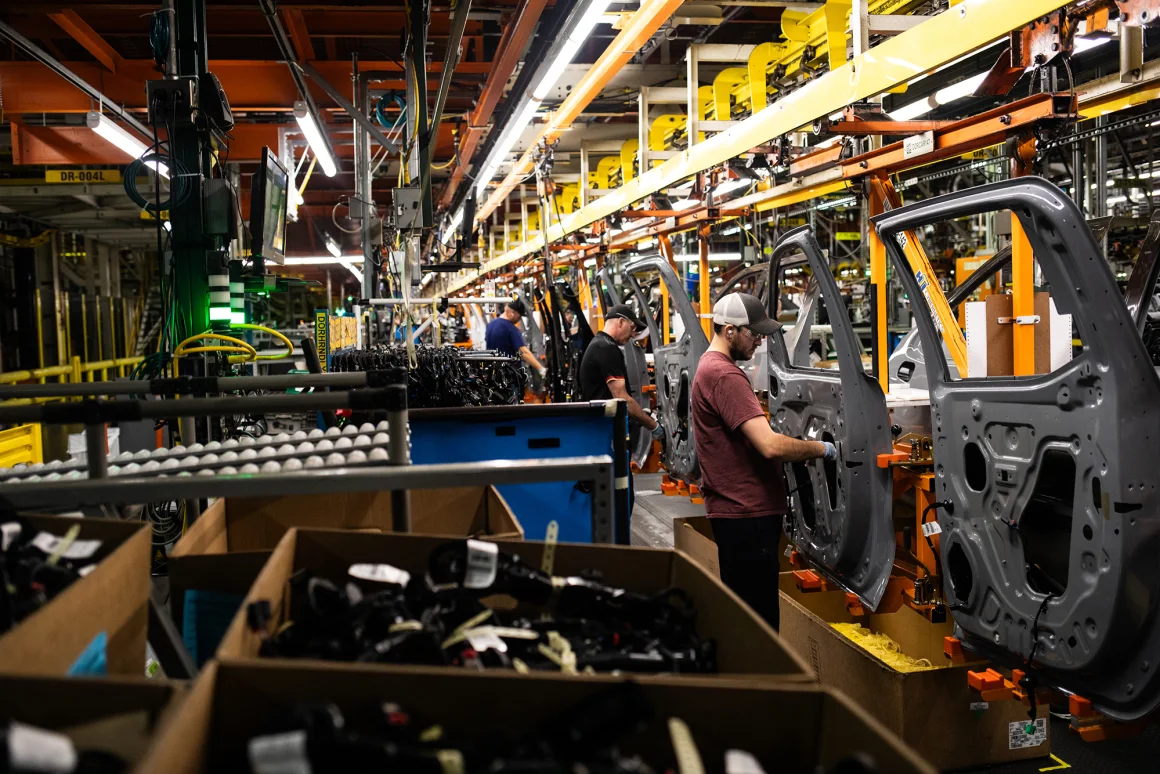President Donald Trump and his administration are racing to get trade deals done ahead of a self-imposed deadline, at which point tariffs are set to rise for dozens of countries across the world.
News about the on-again, off-again tariffs has become such a daily fixture of the second Trump administration that, at times, it can be hard to remember why the president started down this path in the first place. Trump has given many different reasons for why he believes tariffs are a crucial part of his policy agenda, but they can be categorized into four main goals:
- Restore America’s manufacturing prowess.
- Grow US revenue.
- Equalize the balance of trade.
- Pressure foreign countries into setting policies that benefit the United States.
Trump has often treated tariffs like a panacea — a catch-all economic tool that can simultaneously restore blue-collar jobs, pay off the US deficit, bring foreign nations to heel on key disputes and reduce Americans’ tax burdens.
In his first months in office, Trump has used tariffs to make progress on each of those goals.
Some companies have announced that they’ll invest in US factories, citing the costly tariffs. Tens of billions of dollars of tariff revenue are coming in to the United States every month. America’s trade deficit was cut in half in April — a dramatic decrease. And Trump has brought several countries to the negotiating table after threatening high tariffs — all without dramatically increasing inflation.
However, early indicators of success may be more of a sign of an initial shock to the system, as companies, consumers and businesses make rapid adjustments to the new reality of higher US tariffs.
Economists and business leaders maintain that tariffs probably won’t lead to a major American factory boom. They argue revenue from tariffs will remain a drop in the bucket compared to the massive budget deficit that was just exacerbated by Trump signing his expensive domestic policy agenda and tax cuts into law. Tariffs and trade deals probably won’t dramatically increase demand for US goods in foreign countries. And some trading partners have already shown there’s a limit to how much tariff threats can achieve.
Manufacturing jobs
“I’m telling you, you just watch. We’re going to have jobs. We’re going to have open factories. It’s going to be great,” Trump said on Air Force One in March.
To accomplish that, Trump has often advocated for lower taxes at home and higher taxes for goods made abroad.
Trump during his joint address to Congress in March made an oft-since-repeated threat: “If you don’t make your product in America, … under the Trump administration, you will pay a tariff and, in some cases, a rather large one.”
Trump has notched a handful of early PR victories after imposing tariffs. Apple in February said it would invest $500 billion in US manufacturing. GE Appliances said last month it would also spend a half a billion dollars to move a factory from China to make washing machines in the United States. And General Motors said in June it would spend $4 billion to increase its production in the United States. Many other companies have made similar announcements.


Leave a Reply